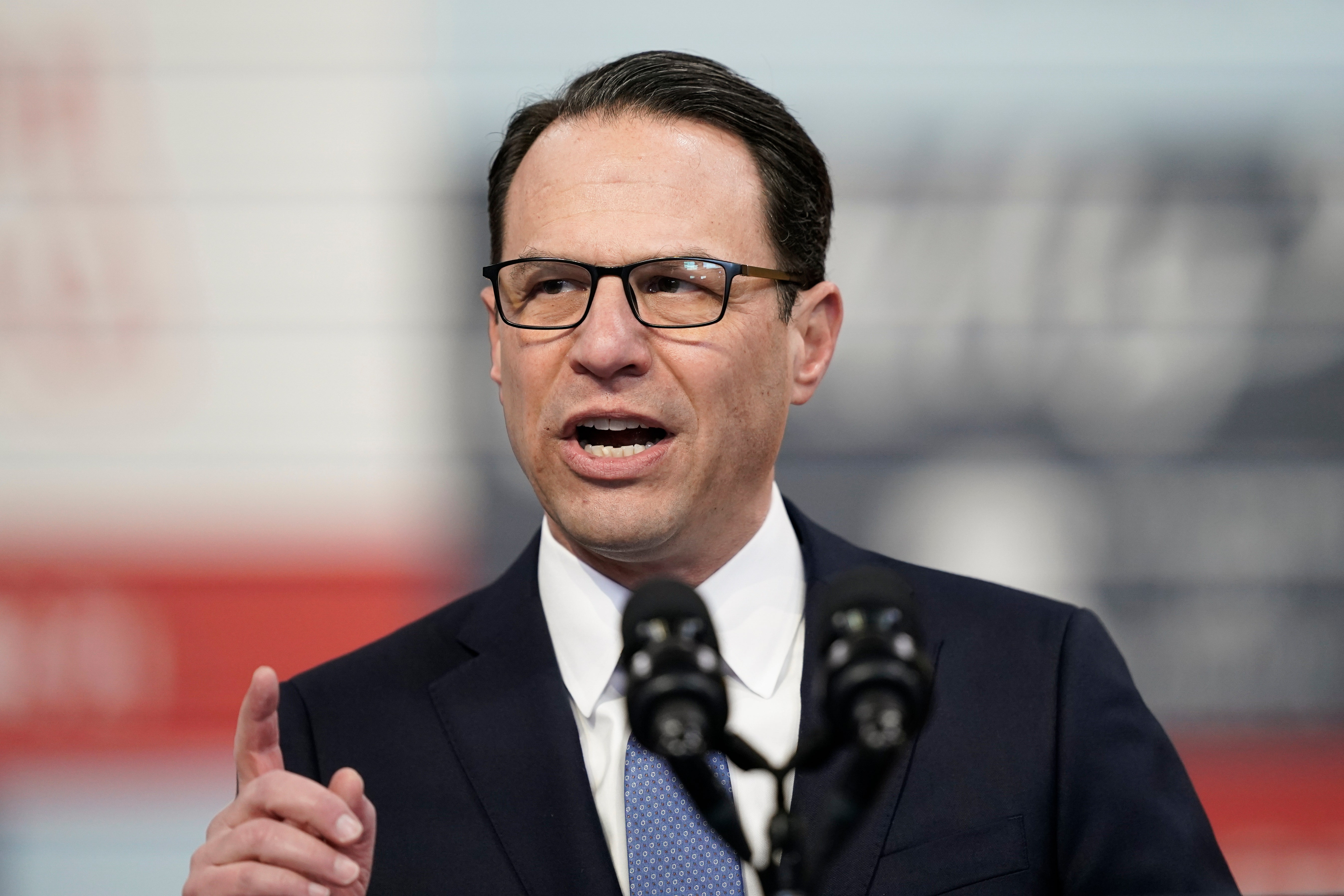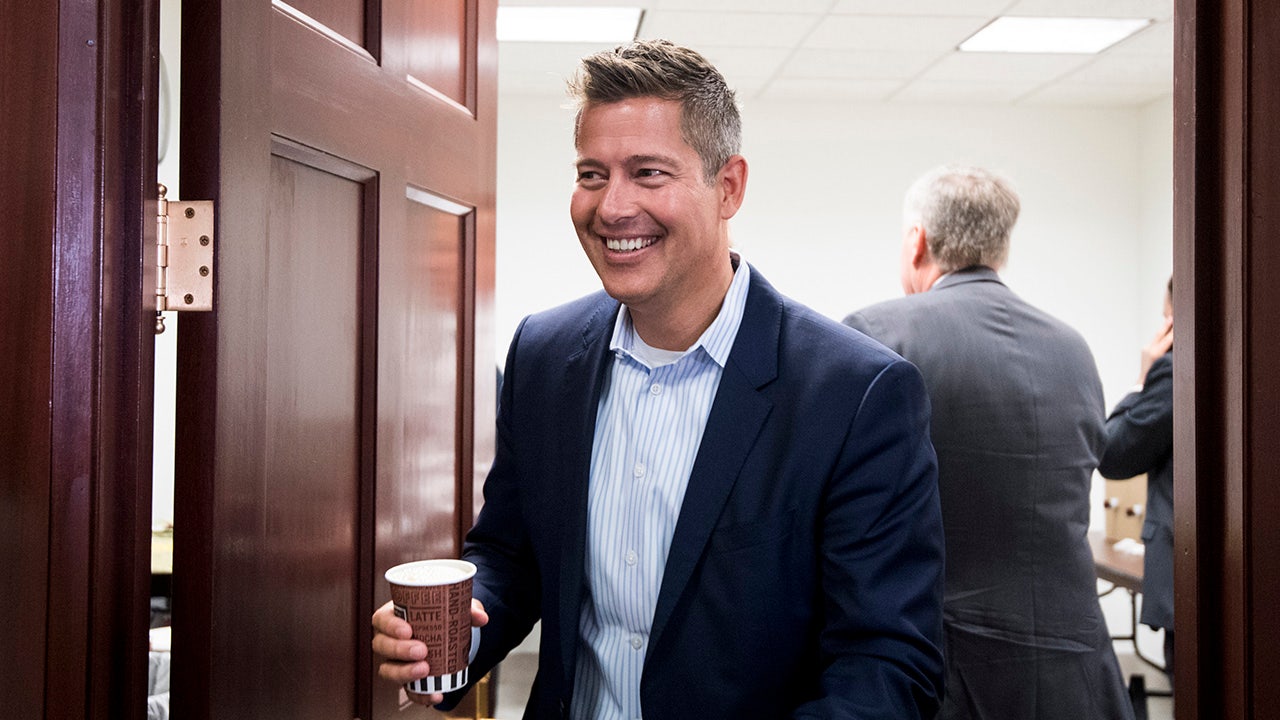Medicines, roof repair kits, bottled water and solar lamps were dumped, highlighting the desperate plight of many thousands of people who cannot or will not leave their homes amid ‘normal’ shelling.
On Thursday, a An interagency convoy of five trucks reached the town of Hulyaipole in the Zaporizhia region – home to Europe’s largest nuclear power plant – where around 3,000 people remain close to the front lines.
This includes the elderly, people with reduced mobility and families with Children ‘exposed to regular shelling’ and unable to access basic services, said Jens Laerke, spokesman for OCHAthe Office for the Coordination of Humanitarian Affairs.
“Because there is no electricity, Water facilities cannot operate and water must be supplied in bottlesor pumped out of the well,” he told journalists in Geneva.
In the line of fire
Since March last year, residents of Hulyaipole and about 30 surrounding communities have been without electricity after fighting damaged power infrastructure. Repairs are urgently needed to keep the “wild” winter at bay, but this is impossible while the violence continues, Mr Laerke added.
Dnipro lifeline
On Tuesday, also from Dnipro, a Convoy of six trucks reached the city of Toretskaround 10 kilometers from the front line in Donetsk Oblast, with water, medicine, material for emergency shelters and other supplies from the International Organization of the United Nations for Migration (IOM), the United Nations Children’s Fund (UNICEF), the United Nations Refugee Agency (UNHCR) and the United Nations World Health Organization (WHO).
The convoy also transported trauma and emergency surgery equipment for the approximately 15,000 people living in and around Toretsk originally home for 75,000before Russia’s all-out invasion began on February 24 last year.
no-go zones
More than 30 multi-agency convoys have reached vulnerable communities in Ukraine’s eastern oblasts over the past 11 monthsbut none have yet reached territory controlled by Russian forces or their affiliates.
“We have a humanitarian notification system where we inform parties to the conflict where we are going and with what material,” explained Mr. Laerke. “It’s just to remind them that they have a duty to protect such movements and ensure it can be done safely.”
The OCHA The spokesman added that “a series of notifications” had been sent out to reach areas under Russian military control, but “We were not given adequate safety guarantees to go to these areas“.
WER: We are here to stay
WHOThe latest data on attacks on healthcare, released Thursday, shows there have been attacks since the invasion began almost a year ago 764 attacks causing 101 deaths and 131 injuries.
At a news conference in Kyiv earlier this week, the WHO in Ukraine told journalists that the organization “will remain here and continue to deliver life-saving medicines and supplies in coordination with its partners”.





